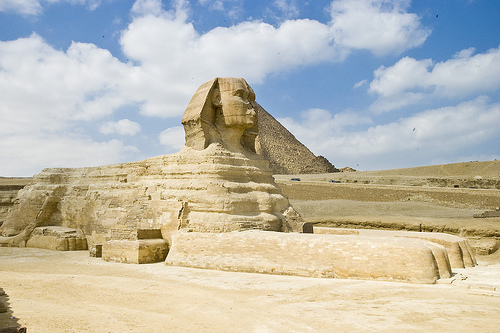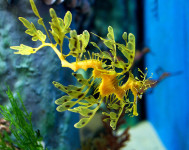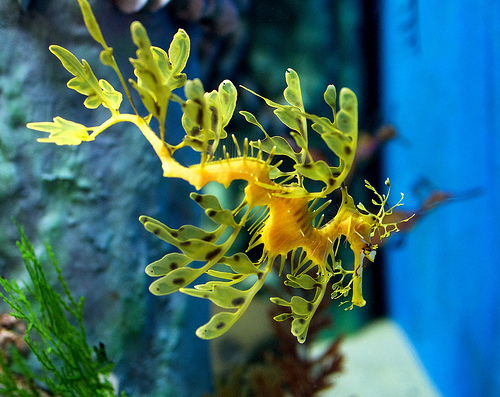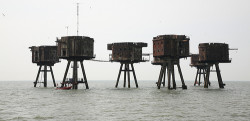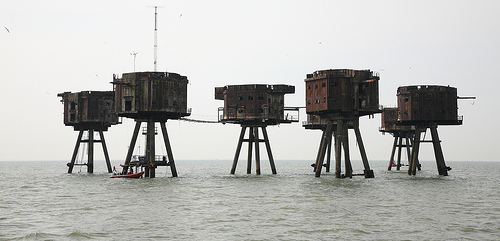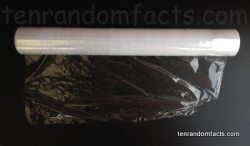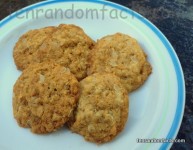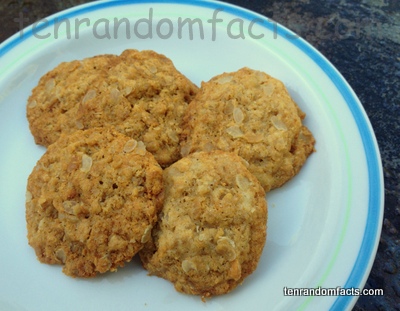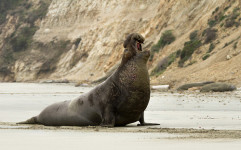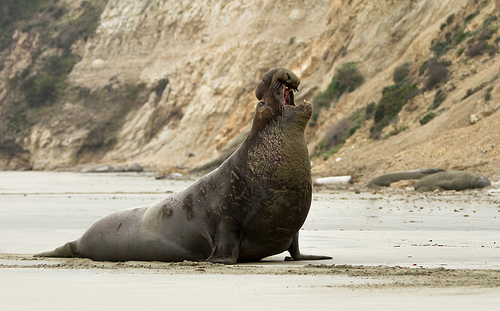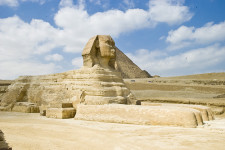
The Great Sphinx of Giza has survived the ages.
- The Great Sphinx of Giza is a statue depicting a mythical sphinx – a lion with a human head, located near the Pyramids of Giza, near Cairo in Africa’s Egypt.
- ‘The Great Sphinx of Giza’ is also known as ‘the Sphinx’, and can be literally translated as ‘the terrifying one’ or ‘Father of Dread’.
- The height of the Great Sphinx of Giza reaches 20 metres (66 feet), while the statue is approximately 73 metres (239 feet) in length and 19 metres (63 feet) in width.
- The Great Sphinx of Giza is the largest statue carved from a single rock and the oldest statue of its kind, in the world, and it is believed that the monument was carved from limestone around 2558 to 2532 BC, by the Ancient Egyptians.
- The Great Sphinx of Giza is generally accepted to depict the Old Kingdom Pharaoh Khafre (or Khafra) who reigned at the time of its construction, although there are no known records of the Sphinx until the New Kingdom beginning 1550 BC.
The Great Sphinx of Giza
Image courtesy of Jack Versloot/Flickr
- The Great Sphinx of Giza remained mostly covered by sand for thousands of years, although there were efforts to excavate it by some Ancient Egyptian pharaohs of the past, including Thutmose IV, around 1400 BC.
- The first excavations of modern times on the Great Sphinx of Giza, were performed in 1817 by Italian Giovanni Battista Caviglia, an Egyptologist, while the statue was fully uncovered by 1936, after multiple excavations in the 1800 and 1900s, led by various people.
- The nose of the Great Sphinx of Giza appears to have been chiselled or broken off on an unknown occasion in the past, and there is evidence the statue once featured a beard.
- The Great Sphinx of Giza has been commonly depicted, and occasionally mocked, in artistic media, with early depictions from the 1500s being notably amusing.
- There is evidence of the Great Sphinx of Giza being significantly eroded by wind-blown sand over thousands of years, and protecting the statue from further decline is of continual concern.
Bibliography:
Great Sphinx of Giza, 2015, Sacred Destinations, http://www.sacred-destinations.com/egypt/giza-sphinx
Great Sphinx of Giza, 2015, Wikipedia, http://en.wikipedia.org/wiki/Great_Sphinx_of_Giza
Winston A, The Great Sphinx of Giza, an Introduction, 2013, Tour Egypt, http://www.touregypt.net/featurestories/sphinx1.htm






